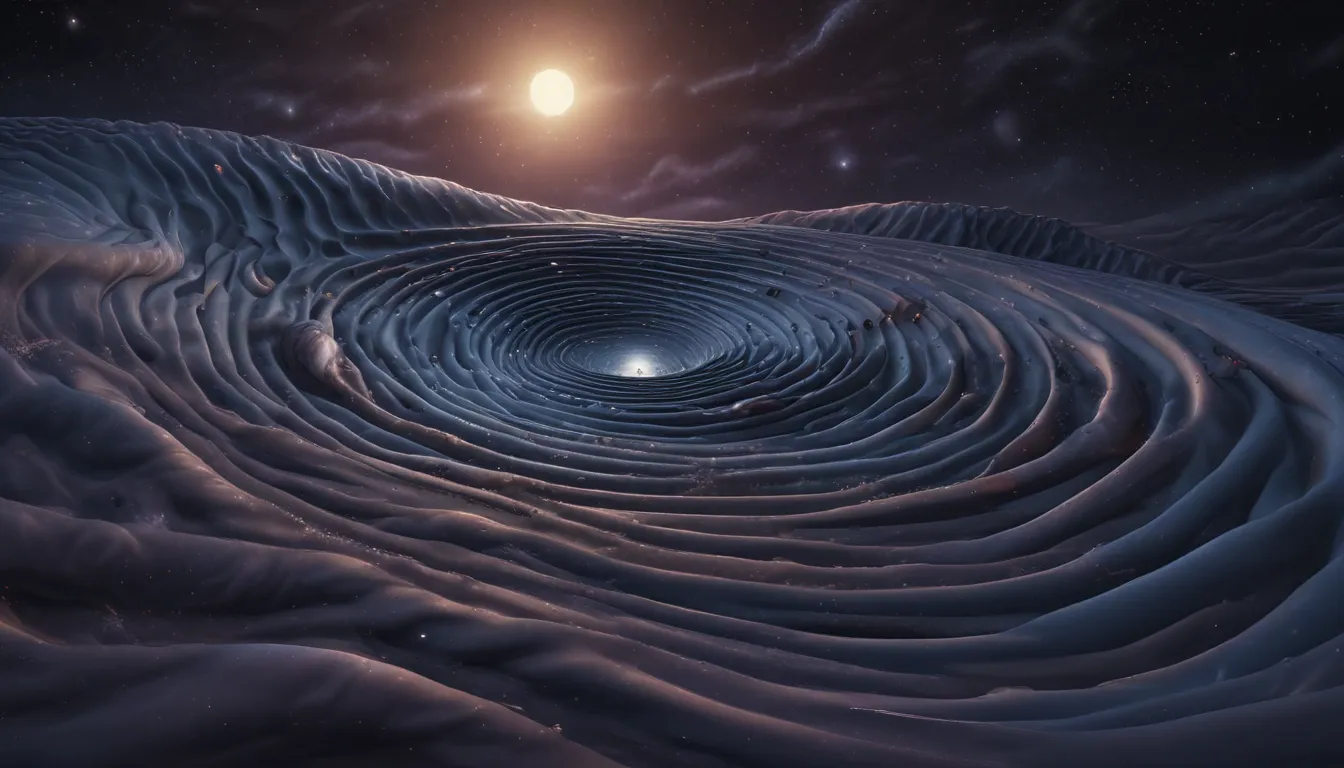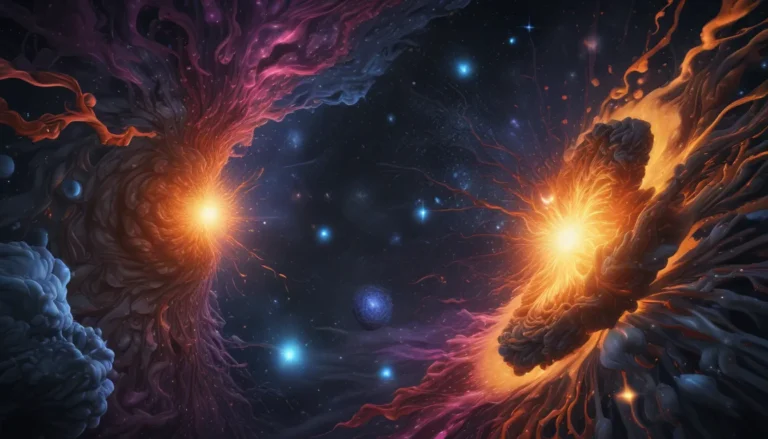The pictures we use in our articles might not show exactly what the words say. We choose these pictures to make you interested in reading more. The pictures work together with the words but don’t take their place. The words still tell you the important facts.
Gravity, the force that keeps our feet firmly planted on the ground, also holds some of the most profound secrets of the cosmos. Gravitational waves, the ripples in spacetime caused by massive objects, have revolutionized our understanding of the universe. In this article, we will embark on a journey into the fascinating world of gravitational waves detection. From the groundbreaking discovery by the Laser Interferometer Gravitational-Wave Observatory (LIGO) to the mysteries they unveil about black holes and the early universe, we will unravel eight intriguing facts that have emerged from this field of research.
Key Takeaways:
- Gravitational waves are ripples in spacetime caused by massive objects, helping us study black holes and the early universe, and validating Einstein's theory of general relativity.
- LIGO's sensitive detectors can measure tiny spacetime distortions, ushering in a new era of multi-messenger astronomy and revolutionizing our understanding of the cosmos.
The Breakthrough Discovery of Gravitational Waves
In 2015, LIGO made history by detecting gravitational waves, confirming a prediction made by Albert Einstein over a century ago. This monumental achievement marked a significant milestone in astrophysics, providing irrefutable evidence of the existence of these elusive waves.
Unveiling the Nature of Gravitational Waves
Gravitational waves are the cosmic vibrations that ripple through spacetime when massive objects accelerate. These waves travel at the speed of light, carrying information about the cataclysmic events that generated them. They provide a unique window into some of the most energetic and mysterious phenomena in the universe.
The Incredible Sensitivity of LIGO Detectors
LIGO's detectors, located in Hanford, Washington, and Livingston, Louisiana, are marvels of modern engineering. These instruments can measure minute changes in the distance between mirrors caused by passing gravitational waves. The sensitivity of LIGO is truly remarkable, detecting distortions in spacetime as small as a thousandth the diameter of a proton.
Advancements in Sensitivity with Advanced LIGO
The upgrade to Advanced LIGO has significantly enhanced the detectors' sensitivity, allowing scientists to detect gravitational waves with even greater accuracy. This technological advancement has opened up new possibilities for exploring the universe and uncovering more cosmic events that generate these elusive waves.
Multi-Messenger Astronomy: A New Frontier
Gravitational wave astronomy has ushered in a new era of multi-messenger astronomy, where information from different cosmic messengers, including light, neutrinos, and gravitational waves, can be combined to deepen our understanding of astrophysical phenomena. This interdisciplinary approach has the potential to revolutionize our knowledge of the cosmos.
Validating Einstein’s Theory of General Relativity
The detection of gravitational waves provides compelling evidence for the validity of Einstein's theory of general relativity. The precise measurements of these waves align closely with the predictions of the theory, supporting its fundamental concepts, such as the curvature of spacetime.
Peering into the Secrets of Black Holes
Gravitational waves have offered unprecedented insights into the enigmatic nature of black holes. By studying the gravitational wave signals emitted during black hole mergers, scientists can glean crucial information about their masses, spin rates, and evolutionary processes. This newfound ability to study black holes has revolutionized our understanding of these mysterious cosmic entities.
Illuminating the Early Universe
Gravitational waves also hold the key to unlocking the secrets of the early universe. By combining data from the cosmic microwave background radiation, a relic of the Big Bang, with gravitational wave observations, scientists aim to unravel the mysteries of the universe's infancy and gain a deeper understanding of its origins.
Conclusion
As we peer into the depths of the cosmos through the lens of gravitational waves, we uncover a universe teeming with wonder and intrigue. From the validation of Einstein's predictions to the unveiling of black hole mysteries and the exploration of the early universe, gravitational wave detection has opened up a new frontier in astrophysics. Each discovery propels us closer to unraveling the deepest secrets of our cosmic home and sheds light on the intricate tapestry of the universe.
FAQs
-
What are gravitational waves?
Gravitational waves are ripples in the fabric of spacetime caused by the acceleration of massive objects. They are a fundamental prediction of Albert Einstein's theory of general relativity. -
How are gravitational waves detected?
Gravitational waves are detected using extremely precise laser interferometers, which measure minuscule changes in distance caused by passing gravitational waves. -
What are some examples of gravitational wave sources?
Some examples of gravitational wave sources include black hole mergers, neutron star mergers, and supernova explosions. -
How do gravitational waves help us study the Universe?
Gravitational waves provide us with a unique way to study some of the most energetic and cataclysmic events in the Universe. By analyzing the gravitational wave signals, we can gain insight into the nature of these events and the physics that governs them. -
Can gravitational waves travel through anything?
Yes, gravitational waves can travel through any material or medium without being significantly affected. -
How fast do gravitational waves travel?
Gravitational waves travel at the speed of light, approximately 299,792 kilometers per second. -
How are gravitational waves different from electromagnetic waves?
Gravitational waves are different from electromagnetic waves because they are not affected by electric or magnetic fields and can pass through objects that would block electromagnetic radiation. -
What are some future advancements in gravitational wave detection?
Future advancements in gravitational wave detection include the development of space-based detectors, which would be even more sensitive and capable of detecting lower-frequency gravitational waves.
Embark on this cosmic journey into the realm of gravitational waves, and witness the unfolding of the universe's deepest secrets. As we continue to push the boundaries of scientific discovery, the enigmatic allure of these cosmic vibrations beckons us to delve deeper into the mysteries of the cosmos. Join us in this quest for knowledge and exploration, where each discovery brings us closer to deciphering the intricacies of the universe.






